Description
-
What is a Heating Element?
A heating element is a material or device that directly converts electrical energy into heat or thermal energy through a principle known as Joule heating. Joule heating is the phenomenon where a conductor generates heat due to the flow of electric current. As the electric current flows through the material, electrons or other charge carriers collide with the ions or atoms of the conductor creating friction at an atomic scale. This friction then manifests as heat.
-
Heating Element Properties
Almost all conductors are capable of generating heat when an electric current is passed through. However, not all conductors are suited to be made into heating elements. The right combination of electrical, mechanical, and chemical properties is required. Enumerated below are the properties significant to heating element design.
-
Heating Element Materials
The material properties mentioned in the previous chapter narrows down the selection into a few materials. The most common materials are nickel-chromium alloy, iron-chromium-aluminum alloy, molybdenum silicide, and silicon carbide. These materials can operate at high temperatures due to their resistance to high-temperature oxidation. Another group is composed of graphite, molybdenum, tungsten, and tantalum. These materials oxidize at high temperatures and are only used in a vacuum environment or in furnaces where the atmosphere is devoid of oxygen.
-
Types of Heating Elements
The heating element alone does not comprise the entire heating system. Aside from the heating element, a heater consists of the terminations, leads, insulation, packing, sheath, and seals. These heaters have various forms and configurations to suit a particular application. Enumerated below are the most common heaters and their applications.
-
Factors to Consider in Selecting a Heater
Heating elements technically operate the same way but several factors determine its performance and service life. Typical heater ordering specifications are the power or wattage, maximum operating temperature, type of process fluid, sheath material, and power supply (voltage and frequency). However, there are additional factors that need to be considered such as fluid flow and temperature control.
-
Conclusion:
- A heating element is a material or device that directly converts electrical energy into heat or thermal energy through a principle known as Joule heating.
- The most important heating element characteristics are sufficient resistivity, high oxidation resistance, low-temperature coefficient of resistance, high toughness, and high melting point.
- Widely used heating elements are nickel-chromium alloy, iron-chromium-aluminum alloy, molybdenum disilicide, and silicon carbide. These are followed by graphite and other refractory metals which generally have higher oxidation rates.
- Aside from the heating element, a heater consists of the terminations, leads, insulation, packing, sheath, and seals. These heaters have various forms and configurations to suit a particular application.
- Typical heater ordering specifications are the power or wattage, maximum operating temperature, type of process fluid, sheath material, and power supply (voltage and frequency).
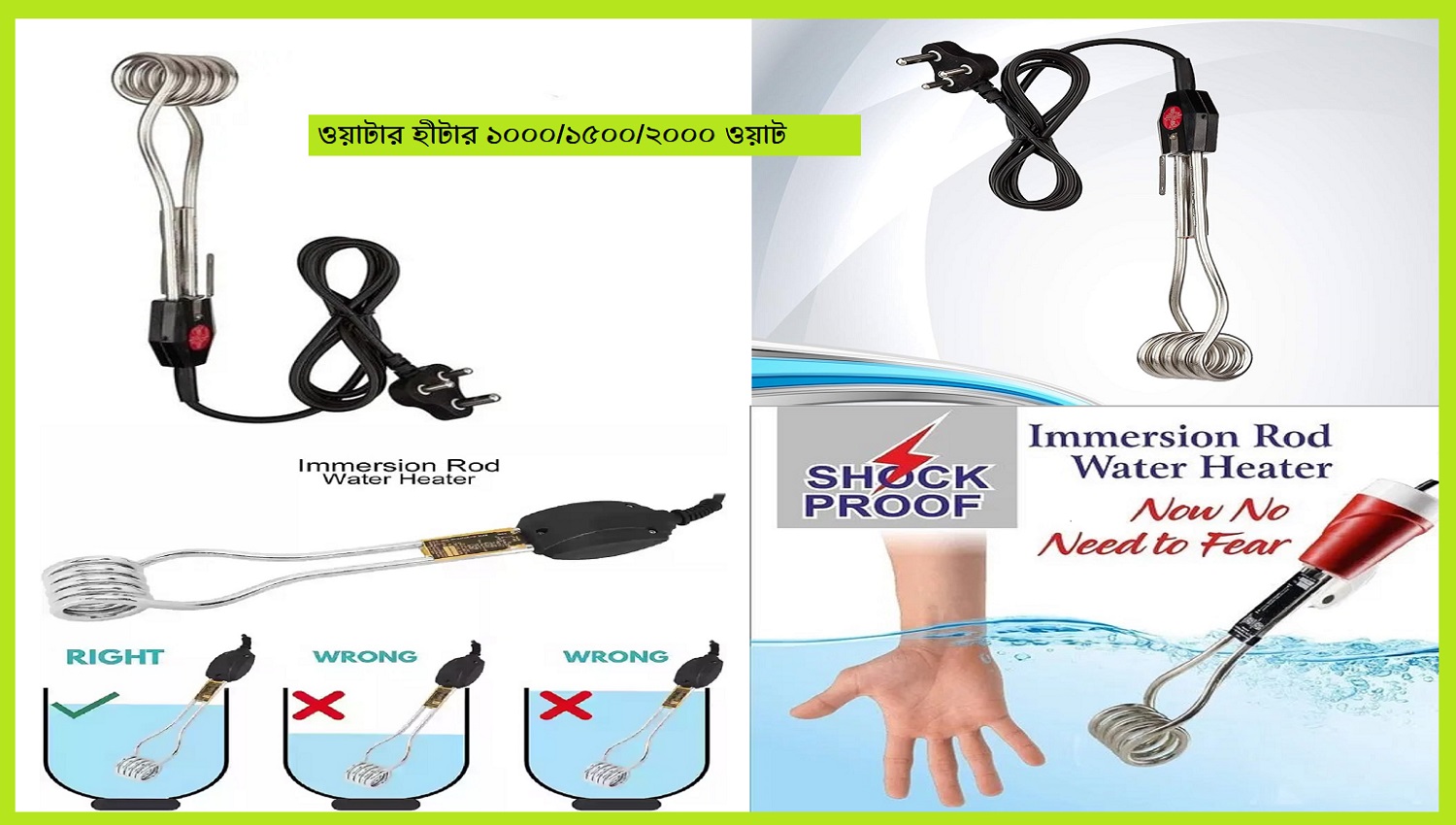
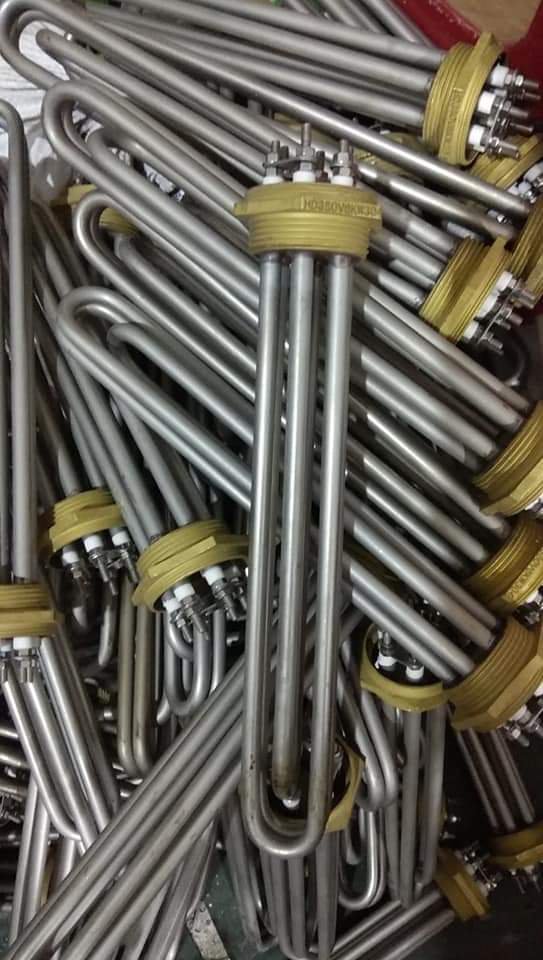
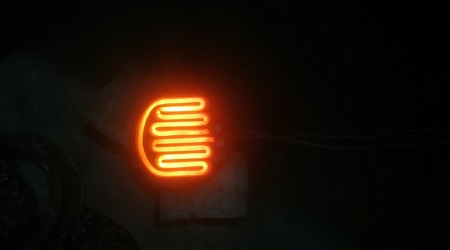
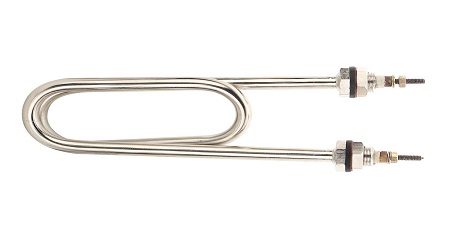
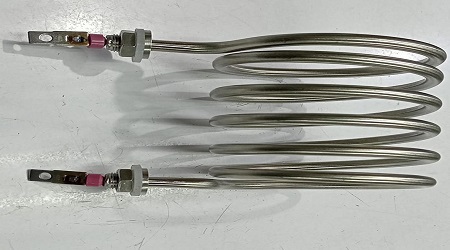

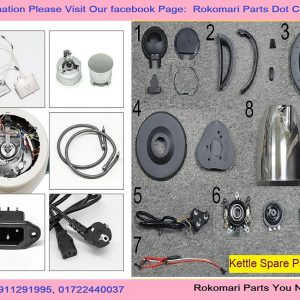
Reviews
There are no reviews yet.